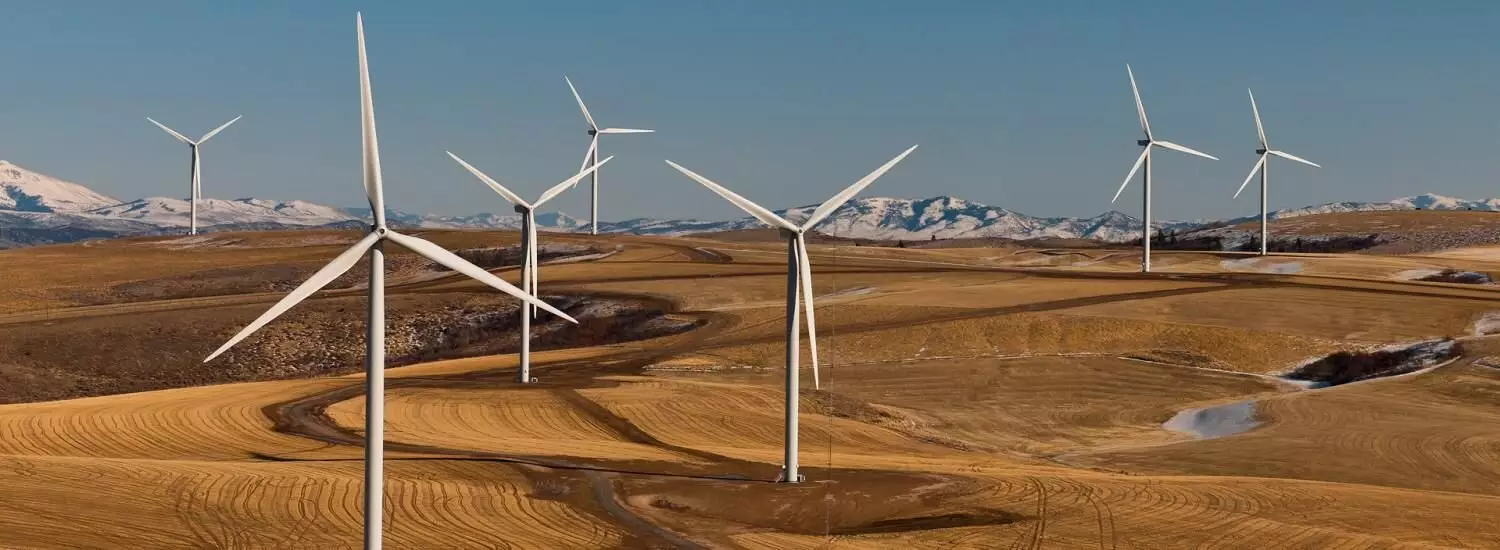The transition to renewable energy has become a key topic of discussion in recent years, with various stakeholders emphasizing the need to shift away from fossil fuels. While state mandates have played a role in promoting renewable energy, it is the utilities themselves that are leading the way in this transition. This article will critically analyze the progress made by utilities in the United States, exploring the factors driving the shift towards renewable electricity and the implications for the future energy landscape.
Matthew Burgess, a CIRES fellow and CU Boulder assistant professor, highlights the surprising speed at which the private sector is transitioning to renewable energy. While some may argue that policy initiatives are not progressing rapidly enough, Burgess emphasizes that technology advancements, decreasing costs, the adoption of natural gas, and the rise of renewables are all contributing factors to this rapid transition. According to a paper published in Climatic Change, utilities are taking the lead in decarbonization efforts, surpassing policy expectations.
Inspired by her work in energy and sustainability during an internship at a consulting firm, Grace Kroeger conducted an assessment for her honors thesis in Environmental Studies at CU Boulder. Kroeger aimed to critically evaluate the actions taken by utility companies, which are ultimately responsible for the energy consumed by the public. She compared state renewable energy targets with utilities’ own goals and analyzed 30 years of data to assess the progress made by utilities in achieving renewable energy standards.
Renewable Portfolio Standards (RPS) and Clean Energy Standards (CES) are commonly employed by states to mandate a transition to renewable energy. The stringency of these standards varies across the country, with some states lacking such policies or having more easily achievable goals. Kroeger and Burgess considered both state-level mandates and utilities’ own goals to gain a comprehensive understanding of the progress made. They found that utility companies were on track to meet or exceed state goals, demonstrating that the industry is outpacing policy expectations.
One surprising finding of the study was that utilities plan to decarbonize even in states without renewable policies or goals. For example, Southern Company has set decarbonization goals despite operating in states without portfolio standards. While blue states tended to adopt stricter renewable energy goals and policies, the authors noted that most states, including red states, are still on track to decarbonize according to utilities’ goals.
The study projected that the electric grid in the United States would fully decarbonize by 2060, assuming utilities remain true to their goals. However, when accounting for nuclear energy as part of renewable portfolios, decarbonization could potentially be achieved by 2050. It is important to note that these projections are based on the utilities’ stated plans for the future, which are not guaranteed. Nevertheless, historical data shows that utilities have already surpassed expectations in transitioning to renewable energy.
Despite the progress made by utilities, both state governments and utilities themselves are not currently on track to meet the ambitious goal set by the Biden Administration to eliminate fossil fuels from the U.S. energy sector by 2035. The lack of accompanying policies or mandates poses a significant challenge in accelerating the transition to renewable energy. However, there is still optimism regarding the ongoing efforts and innovations within the private sector.
The transition to renewable energy is well underway in the United States, with utilities at the forefront of this movement. By embracing advancements in technology and prioritizing cost-effectiveness, utilities have made significant progress in decarbonizing the electric grid. While challenges remain, the commitment of utilities to transition to renewable energy is a promising development. As the world intensifies its efforts to combat climate change, the role of utilities will continue to be pivotal in shaping the future of the energy landscape.


Leave a Reply